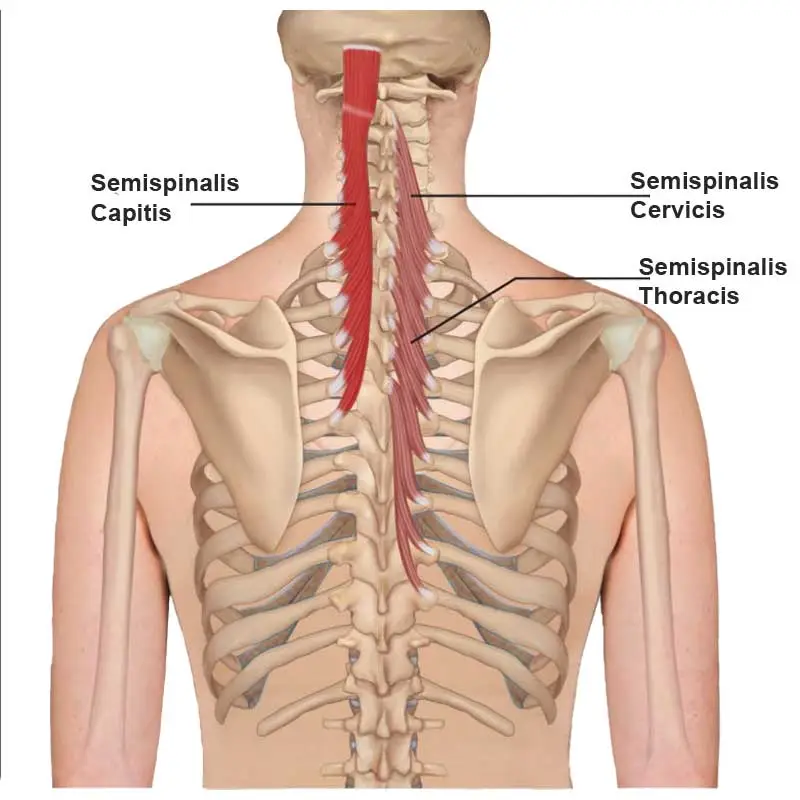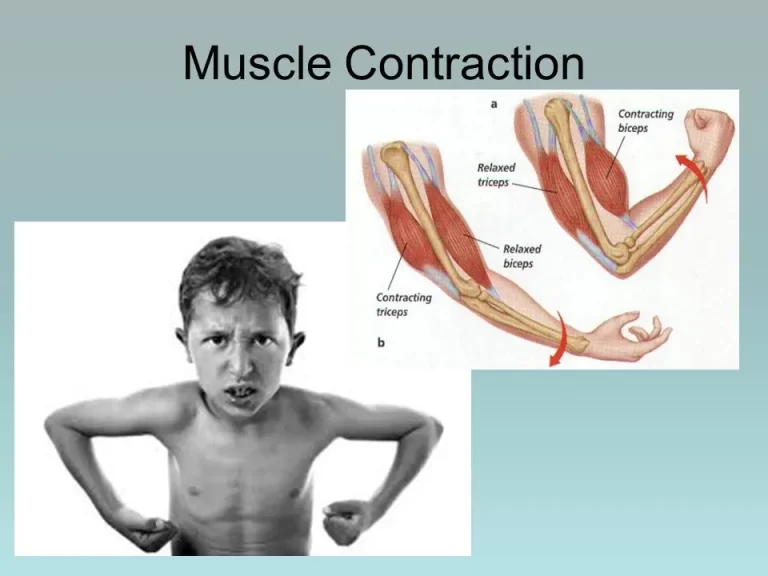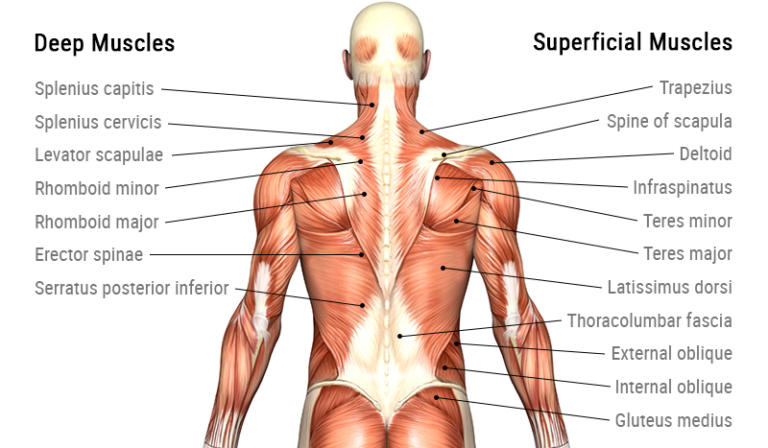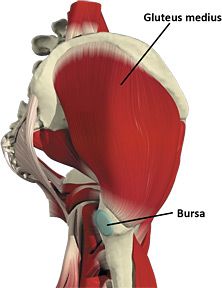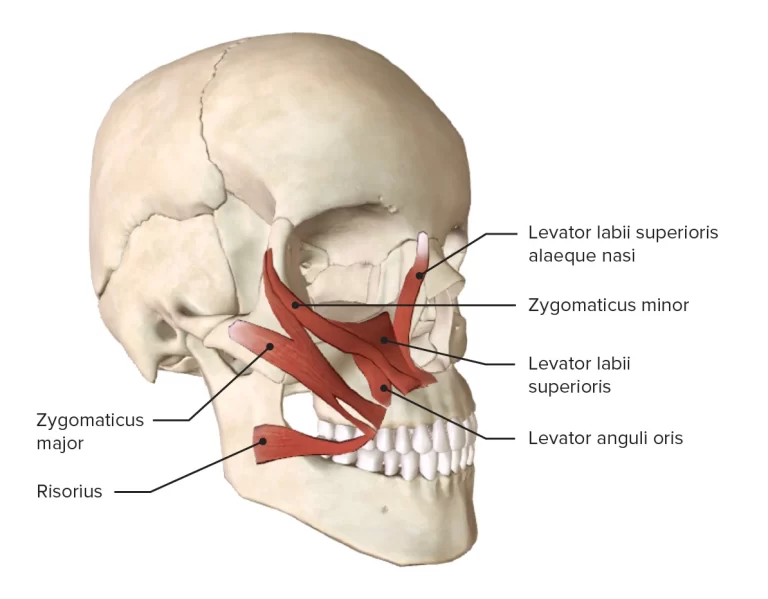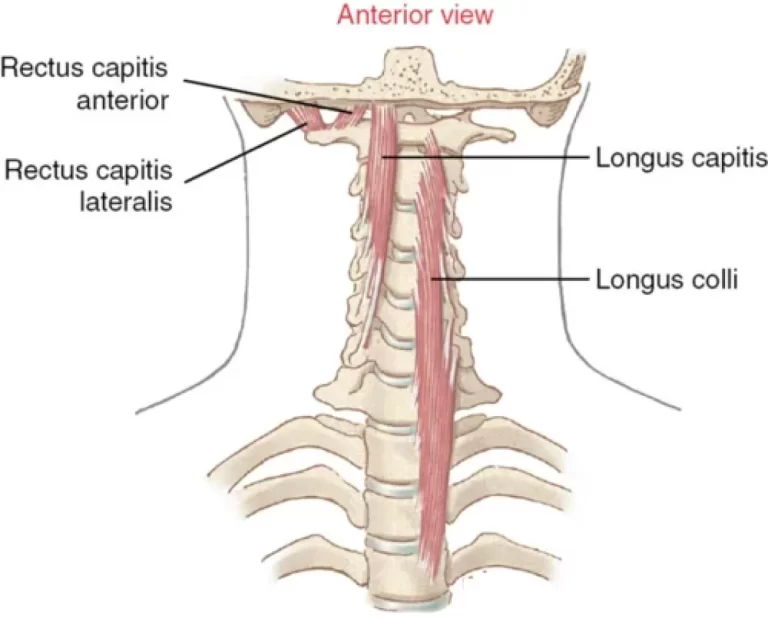Semispinalis Capitus
Table of Contents
Introduction
Semispinalis Capitus belongs to the semispinalis group of the muscle, which in turn is part of the Transversospinal group of muscles (It is formed of muscles between a spinous process and the transverse process of the vertebrae below).
The semispinalis muscles have the longest fascicles of the transversospinalis group of the muscles, spanning six segments. The muscles in this group are the semispinalis capitis, semispinalis cervicis, and semispinalis thoracis muscles.
The semispinalis capitis is a long slender muscle that provided a long moment arm to provide an efficient extension of the neck.
Origin:
The Semispinalis capitis muscle originates from the articular processes of the C 5, C6, C7, and C8 as well as the transverse processes of T 1, T2, T3, T4, T5, and T6.
Insertion:
The semispinalis capitis muscles insert onto the occiput in between the superior and inferior nuchal line.
Nerve supply:
The nerve supply of the semispinalis capitis muscle is greater occipital nerve, which additionally innervates the scalp
Blood supply:
The blood supply of the Semispinalis capitis muscles is descending branches of the occipital artery and the superior intercostal artery, via the dorsal rami of the upper two posterior intercostal arteries
Action:
Acting bilaterally: Extension of the head and neck.
Acting unilaterally: Rotation of head and neck to the opposite side
The Common conditions that affect the neck muscles which include:
- Semispinalis Capitus Muscle Spasms: Spasms are also known as muscle cramps, muscle spasms occur when a muscle contracts and can’t relax. Most spasms are short, lasting only for a few seconds. But you might have a sore or stiff neck afterward.
- Semispinalis Capitus Strains: A muscle strain is an injury to the muscle or the tendon. It occurs due to overstretching or tearing the muscle fibers.
- Whiplash: If your head suddenly moves forward and then whips backward, you can injure the soft tissue in your neck. Whiplash usually involves the muscles, ligaments, and tendons.
Exercise for the Semispinalis Capitus muscle
Chin tuck exercise
Sit straight and look straight ahead with the ears directly over the shoulders.
Place a finger on the chin.
Without moving the finger, pull the chin and head straight backward until a good stretch is felt at the base of the head and top of the neck.
Hold for 5 seconds if possible.

Semispinalis capitis muscle stretch
The semispinalis capitis muscle(of the transversospinalis group) is stretched by flexing the head and neck at the spinal joints. Adding in lateral flexion (not seen in the accompanying illustration) will increase the efficacy of the stretch for the opposite-side semispinalis capitis muscle.
Self-Stretching
Patient position and procedure: Supine or sitting. Instruct the patient to nod the head, bringing the chin toward the larynx until a stretch is felt in the suboccipital region. Putting light pressure under the occipital area with the palm of your hand while tipping the patient’s head forward reinforces the motion.

